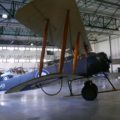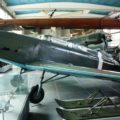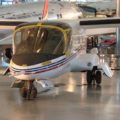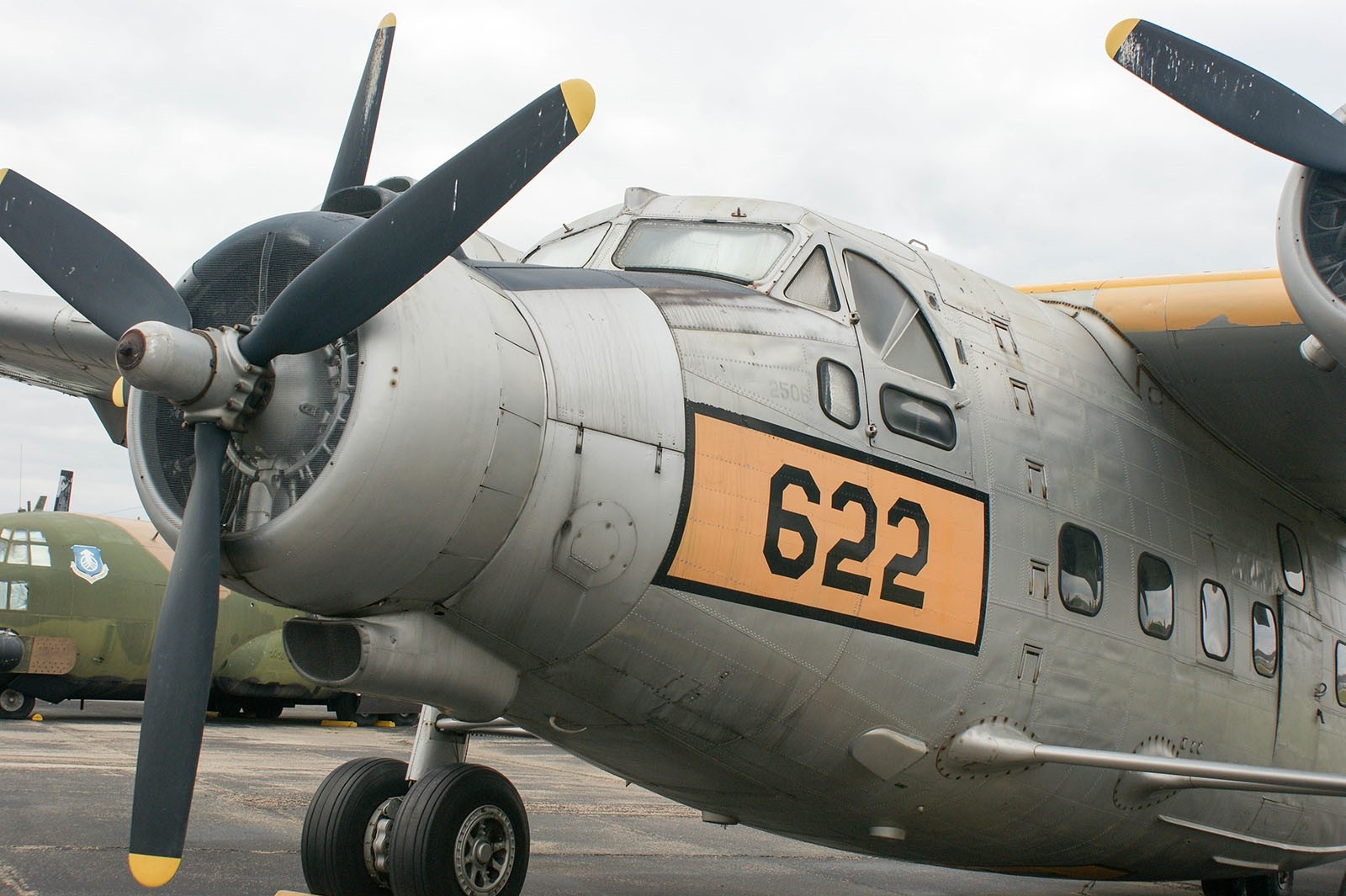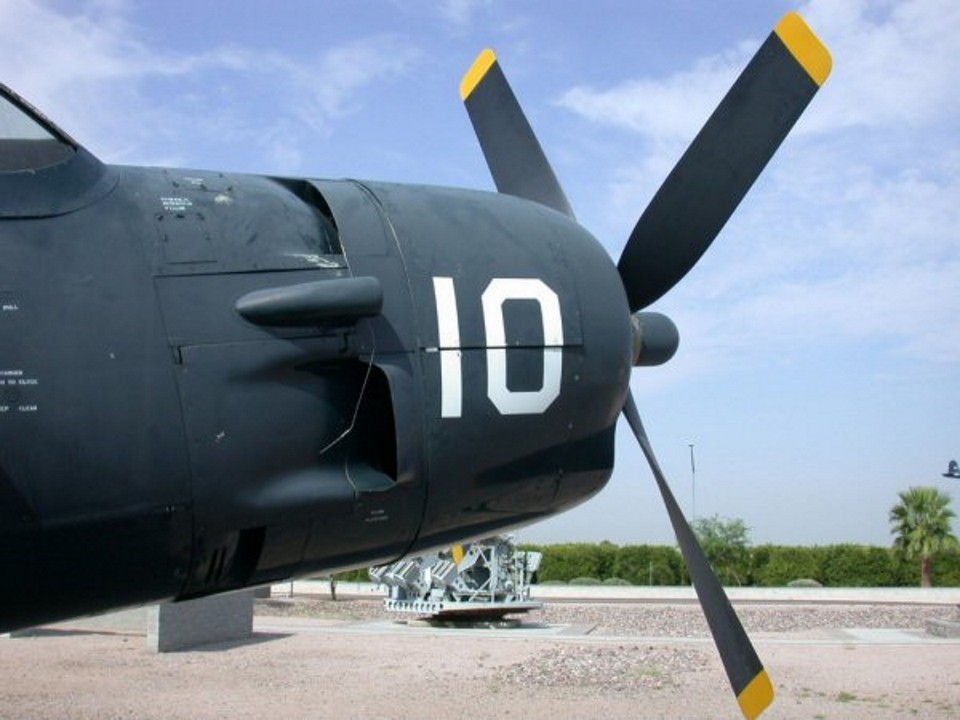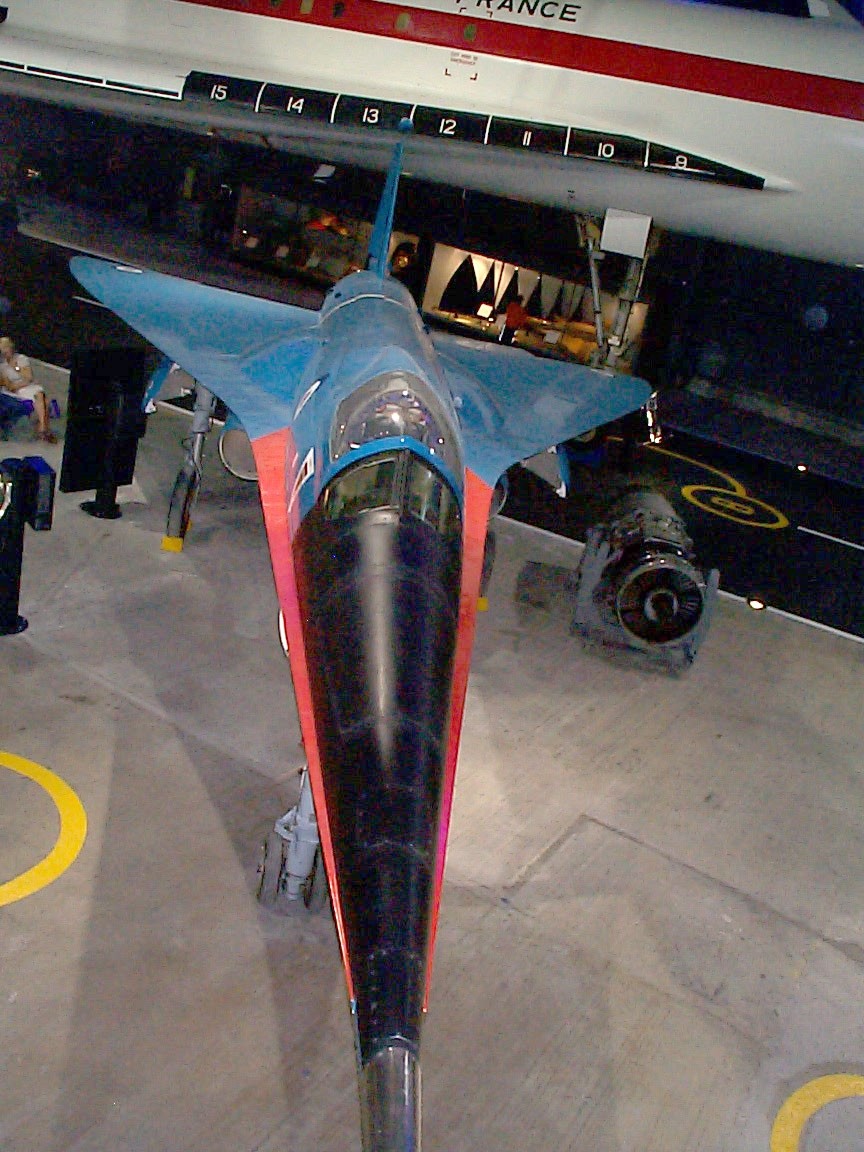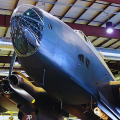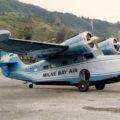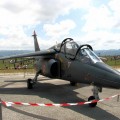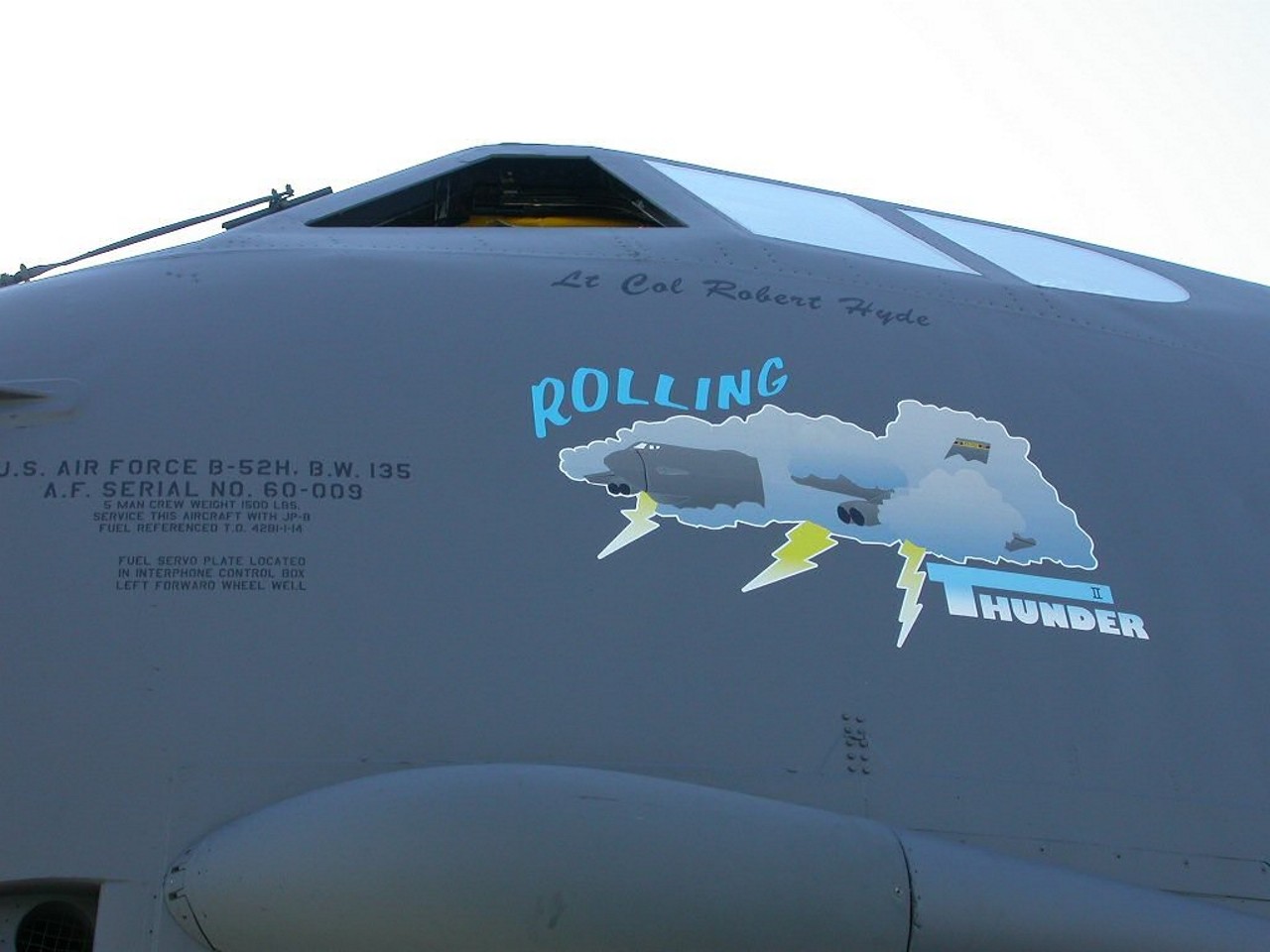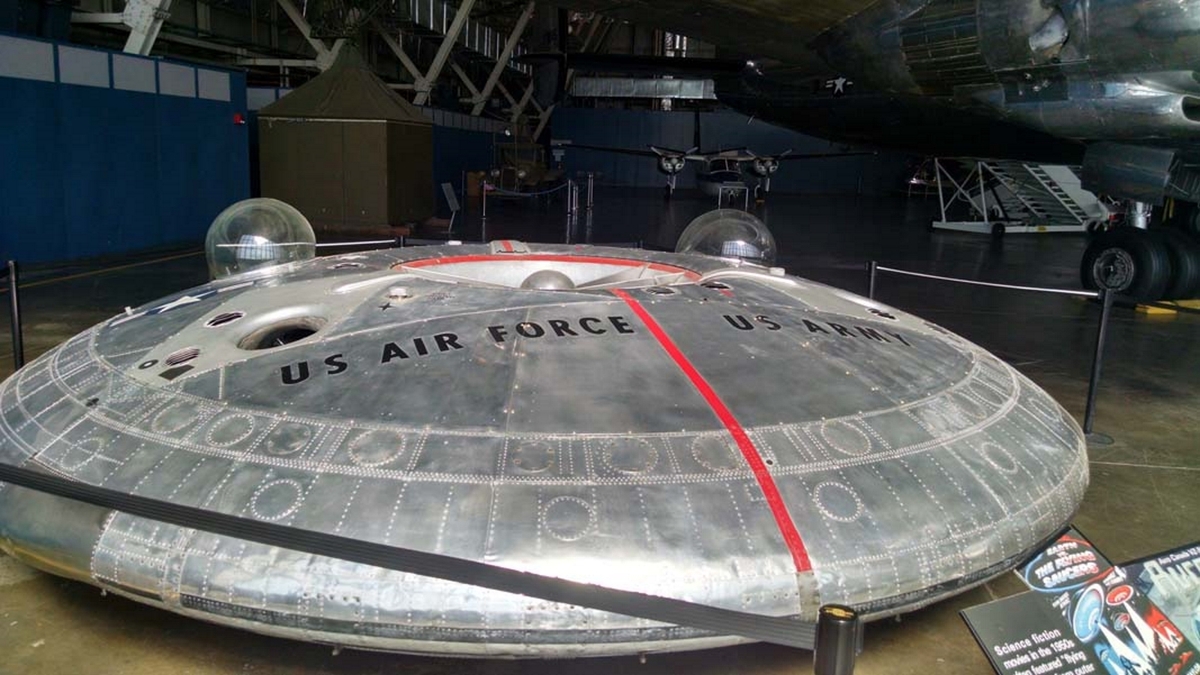
Avro Canada VZ-9 Avrocar | |
|---|---|
| 国 | 米国 |
| 役割 | VTOL実験車 |
| 初飛行 | 1959年11月12日 |
| 構築 | 2 |
The Avro Canada VZ-9 Avrocar was a VTOL aircraft developed by Avro Canada as part of a secret U.S. military project carried out in the early years of the Cold War. The Avrocar intended to exploit the Coandă effect to provide lift and thrust from a single “turborotor” blowing exhaust out the rim of the disk-shaped aircraft. In the air, it would have resembled a flying saucer. Originally designed as a fighter-like aircraft capable of very high speeds and altitudes, the project was repeatedly scaled back over time and the U.S. Air Force eventually abandoned it. Development was then taken up by the U.S. Army for a tactical combat aircraft requirement, a sort of high-performance helicopter. In flight testing, the Avrocar proved to have unresolved thrust and stability problems that limited it to a degraded, low-performance flight envelope; subsequently, the project was cancelled in September 1961.
| Avro Canada VZ-9AV Avrocar Walk Around | |
|---|---|
| Photographer | Vladimir Yakubov |
| Localisation | National Museum of the USAF, Dayton |
| Photos | 39 |
eBayでキットを探す:
関連キット:
アブロカナダVZ-9アブロカーは、円形翼の概念を探求するために1950年代に設計されたカナダの実験航空機でした。アブロカーは、高速でホバリングして飛行できる垂直離着陸(VTOL)車両として意図されていました。このプロジェクトはカナダ政府によって資金提供され、後に空飛ぶ円盤技術の研究の一環として米国空軍(USAF)と陸軍(米陸軍)によって資金提供されました。
アブロカーは、流体ジェットが凸面に付着したままになる傾向であるコアンダ効果に基づいていました。アブロカーは中央のターボジェットエンジンを使用して、円形の翼の上を流れ、揚力と推力を提供する空気のジェットを生成しました。パイロットは、車両の後部にある3つの調整可能なベーンを使用して翼を傾けることにより、アブロカーの方向と高度を制御できます。
アブロカーは風洞やテストリグでいくつかのテストを受けましたが、安定した飛行を達成することはありませんでした。主な問題は、空気の噴流が低速で不安定になり、激しいバフェッティングと振動を引き起こすことでした。アブロカーはまた、空気力学が悪く、推力重量比が低いことに苦しんでいました。USAFと米軍は最終的にプロジェクトへの関心を失い、1961年に契約をキャンセルしました。アブロカーはVTOL研究の失敗と行き止まりと見なされていました。
アブロカーの2つのプロトタイプは現在、オハイオ州の国立米国空軍博物館とワシントンDCの国立航空宇宙博物館に展示されています。
ビュー: 1646
